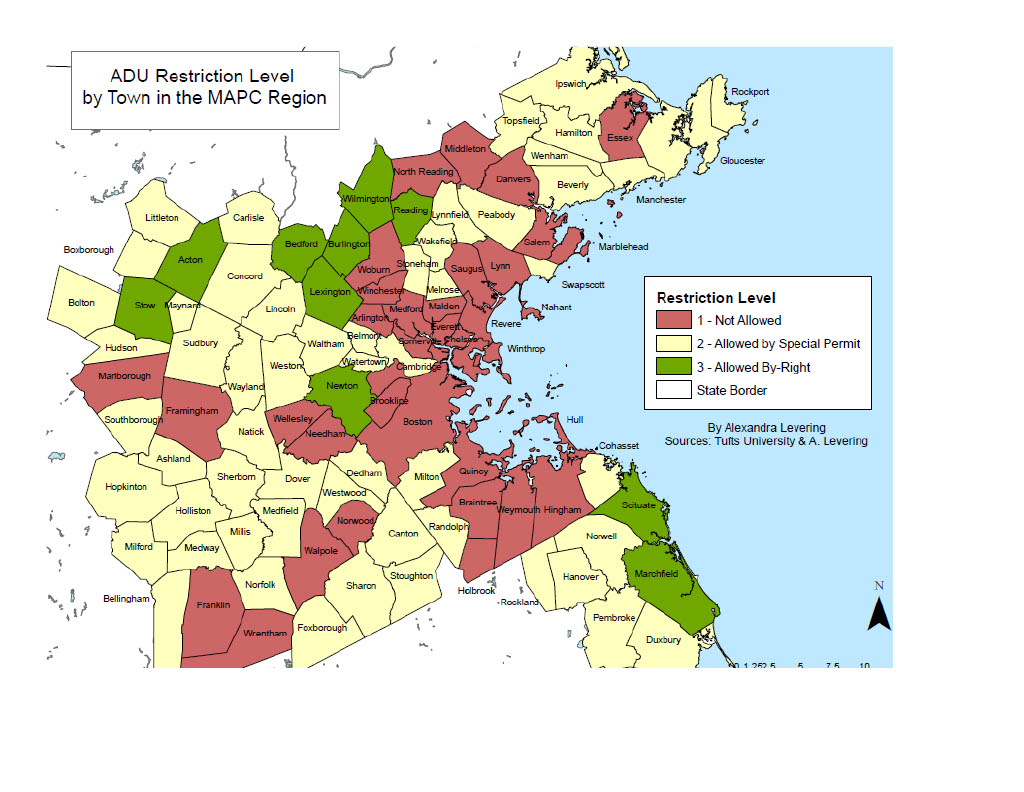I live on Sunnyside Avenue in Arlington, Massachusetts. The neighborhood was built as two subdivisions in 1948, with 42 duplexes (84 homes total). These were starter homes with 792 square feet of finished space plus a basement with a garage. I affectionately refer to them as excellent specimens of mid-century slap-up. They were constructed in the mid 20th century, and the builder just kind of slapped them up.
Here’s one of the original newspaper ads for these homes.

It’s fun to read the ad copy. The homes are “within walking distance of schools, transportation (MTA) and shopping centers” (a selling point that endures to this day); the lots are “large to provide for individual landscaping” (they’re 3,000 square feet give or take, which is unbuildably small by today’s zoning laws); and the homes have “full-sized dining rooms”, “spacious streamlined kitchens”, and “two large sunny bedrooms” (so much largeness for 792 square feet). I guess this was a time when good salesmanship took precedence over truth in advertising. It was a different time.
I have to admit, they were a pretty good deal. $8750 in 1948 is equivalent to around $95,000 in 2020 dollars; these homes, with the original floor plan, currently sell for around half a million dollars.
However, the part of the ad that most caught my attention was “All Mortgages FHA 25 years”. FHA refers to the Federal Housing Administration, who were the primary mortgage underwriters during the middle of the 20th century. They’re also an example of how the United States used housing policy as a tool for segregation; the FHA was in the business of insuring mortgages for white families in white neighborhoods. The Fair Housing Center of Greater Boston has a short summary of FHA practices. There’s also discussion of the FHA in Segregated by Design.
Which is to say, my nice little neighborhood in East Arlington was likely designed, built, and sold as a segregated development for whites.
Arlington’s biggest period of residential construction was in the 1920’s when we were building an average of 500 homes/year. But there was still a good deal of single- and two-family construction that took place from the 1930’s to the 1960’s — a bit over 5,000 homes. Since the FHA was the primary mortgage underwriter during that period, I think it’s safe to say that my neighborhood was probably not the only for-whites-only neighborhood in town.
I will end with two questions. How do we feel about this bit of history, and what (if anything) should we do about it?





